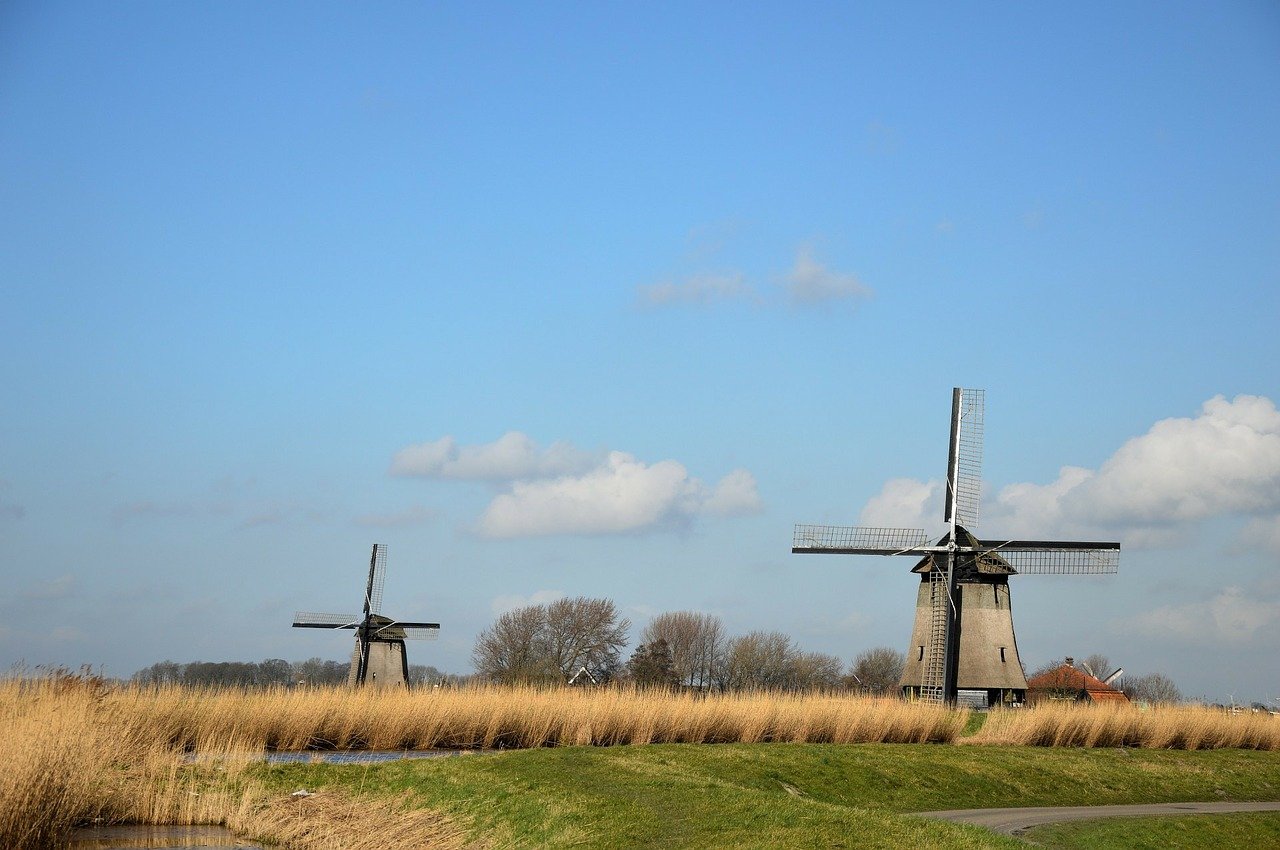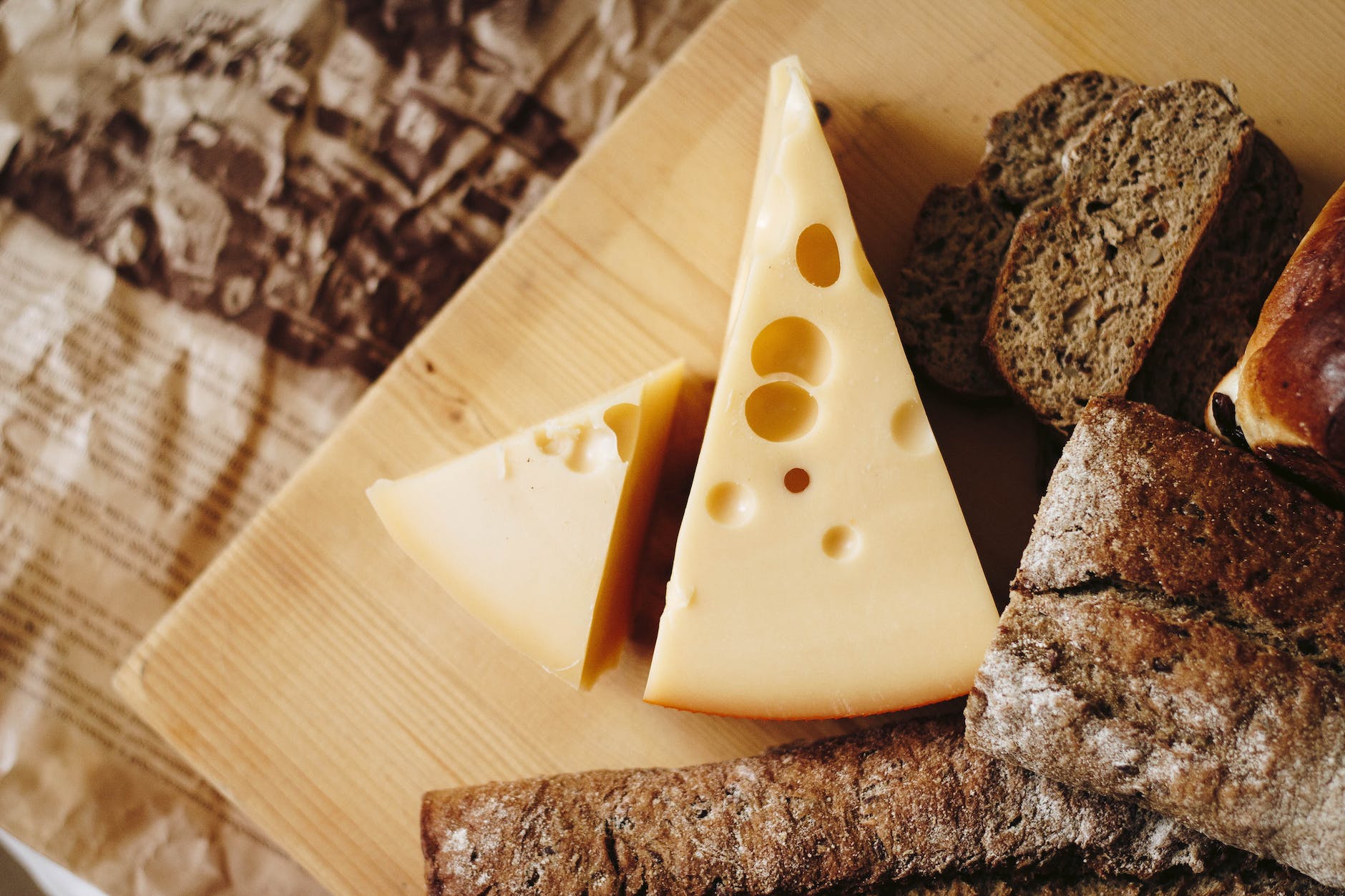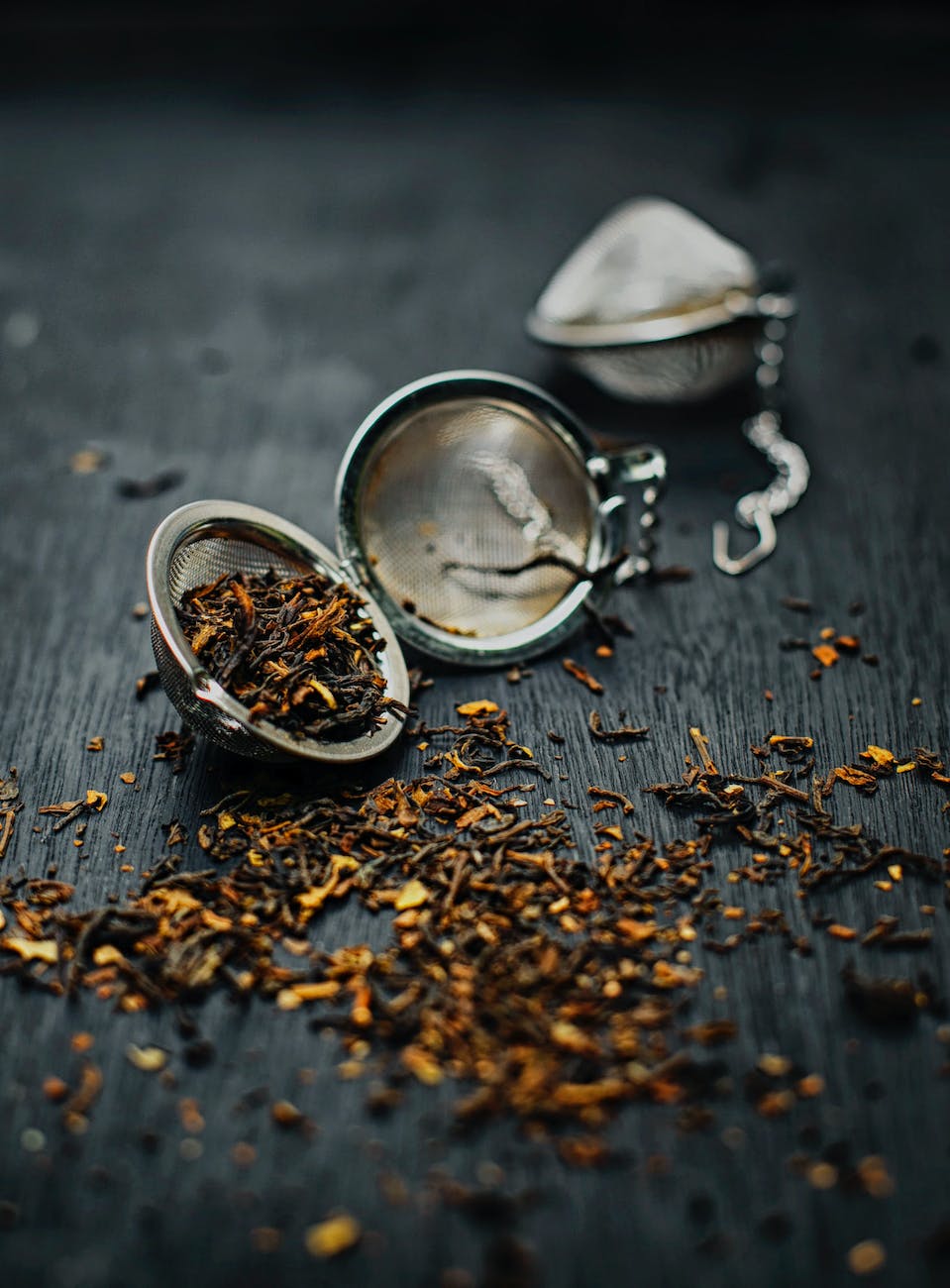What’s on Your Plate? The Innovation Served from Holland

Without reliable data, one could point a finger to big developing countries with huge areas and massive populations as the biggest contributors to the world’s food supply. Yet, it is no longer the case when referring to food exporter data. According to the FAO, a UN-specialised agency to defeat global hunger, the Netherlands is one of the world’s biggest food exporters, second only to the US. The latest data available suggested that the latter exported US$ 122,745 million with over 160 million ha of cropland. The former, on the other hand, could come only second to the giant US with an export value of US$ 83,547 in 2018 with just over 1 million ha cropland.
The remarkable achievement of the Netherlands poses an important question: what made this country successful in its agricultural production, processing, and overall management? Innovation.
Thanks to decades of innovation and hard work, the Netherlands has been developing farming without unnecessary waste and toxins, as well as with conscious anticipation of the environmental change. A vital support to research and development has been constantly provided by the government. From 2000, government-funded R&D continues to increase. Out of 11 government R&D priorities, agriculture, nature and food quality comes fourth on the list. Between 2018 and 2024, the sector shall expect not less than 190 million Euro of R&D funding annually.

One aspect that links strongly to the continuous innovation in the Dutch food exports is Wageningen University & Research (WUR). This is the world’s number one university for agricultural innovation with an abundant contribution to the mechanisation concepts and techniques for the future. The managing director of WUR’s Plant Sciences Group has highlighted the institution’s commitment to agricultural innovation. It is that “the planet must produce more food in the next four decades than all farmers in history have harvested over the past 8,000 years.”
Not only university and research centres, the Netherlands also hosts the research facility of numerous international food and beverage companies. The country has been home to 5,300 companies in the agricultural and food industry and 12 of the industry’s globally leading companies. These include Danone and Heinz. The supporting environment not only flourish big companies but also start-ups. The country ranked as the fourth best countries for start-ups in Europe, while Amsterdam ranked 3 in the start-up ecosystem in Europe. The happy and flourishing start-ups provide enormous contribution to the country’s overall success in food production. For instance, Connecterra helps Dutch farmers to increase productivity via artificial intelligence. They also help in off the farm, such as Giant Leaps that assists caterers and restaurants to better understand the CO2 impact of their food as well as suggests sustainable product and menu choices on sustainability journeys.
Now, all the research the multiple stakeholders develop have created massive impacts to Dutch farmers. Since 2000, some farmers have plummeted the reliance on water for key crops to 90%. Dutch farmers have also eradicated chemical pesticides usage on greenhouses. The use of antibiotics for poultry and livestock has also decreased by 60% since 2009.
The joint commitment and collaboration on innovation is a crucial force to Dutch success in producing the global population’s food. Regardless of the limited land, densely populated country, countless of innovation has made it possible for the country to lead the global food game. Now the question is, where does this leave countries with big land, population, and resources?



